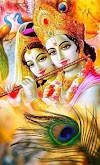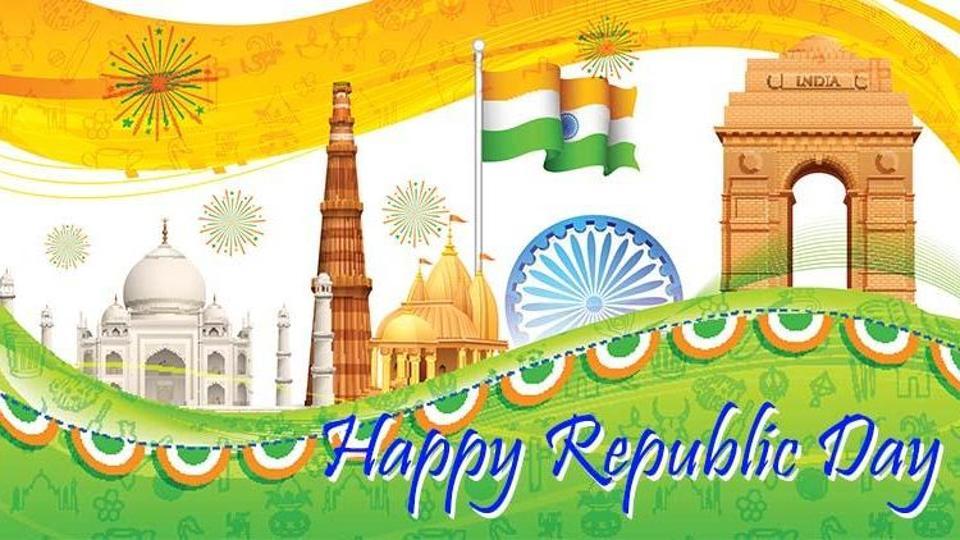THE CITY OF JOY KOLKATA.
HISTORY-
The discovery and archaeological study of Chandraketugarh, 35 km (22 mi) north of Kolkata, provide evidence that the city's region has been inhabited for over two millennia. Kolkata's recorded history began in 1690 with the arrival of the English East India Company, which was consolidating its trade business in Bengal. Job Charnock, an administrator who worked for the company, was formerly credited as the city's founder; In response to a public petition, the Calcutta High Court ruled in 2003 that the city does not have a founder. The area occupied by the present-day city encompassed three villages: Kalikata, Gobindapur and Sutanuti. Kalikata was a fishing village; Sutanuti was a riverside weavers' village. They were part of an estate belonging to the Mughal emperor; the jagirdari (a land grant bestowed by a king on his noblemen) taxation rights to the villages were held by the Sabarna Roy Choudhury family of landowners or zamindars. These rights were transferred to the East India Company in 1698.
Climate
Kolkata is subject to a tropical wet-and-dry climate designated Aw under the Köppen climate classification. According to a United Nations Development Programme report, its wind and cyclone zone is a "very high damage risk"
Temperature-
The annual mean temperature is 26.8 °C (80.2 °F); monthly mean temperatures are 19–30 °C (66–86 °F). Summers (March–June) are hot and humid, with temperatures in the low 30s Celsius; during dry spells, maximum temperatures sometimes exceed 40 °C (104 °F) in May and June. Winter lasts for roughly two-and-a-half months, with seasonal lows dipping to 9–11 °C (48–52 °F) in December and January.
South Kolkata — The posher part of the city. Covers Gariahat, Dhakuria, Ballygunge, Bhawanipur, Alipore, New Alipore, Rash Behari, Kalighat and Tollygunge. It is mostly residential areas with posh neighbourhoods and numerous big malls like South City, Quest, Acropolis, Forum etc.
6. Northern fringes — The large industrial area to the north of the city. Includes Kashipur, Dumdum, Belghoria, Khardah, Panihati, Titagarh etc. where there are several factories, including jute, paper, cotton, ordnance and chemicals. Famous Dakshineswar Kali Temple and the twin bridges Vivekananda Setu/Nibedita Setu are located in this area.
8. Howrah- and Hooghly (Urban); Technically Howrah and the urban part of Hooghly all have individual identities alongside they are the part of Kolkata Metropolis. Likewise, Howrah city is a twin city of Kolkata city.
These 10 Lesser-Known Facts About Kolkata Will Make You Fall In Love With The City.
1. The Largest Tree In The World.
2. Second Most Important City After London.
3. The Oldest Zoo In The Country.
4. The Oldest Polo Club In The World.
5. Second Oldest Cricket & Football Club.
6. Largest Second-Hand Book Market.
7. Largest Planetarium In Asia!
8. The Only City To Have Trams & Tanga.
9. Oldest And The Only Riverine Port.
10. The Jewel Of The East.
Education
Kolkata's schools are run by the state government or private organisations, many of which are religious. Bengali and English are the primary languages of instruction; Urdu and Hindi are also used, particularly in central Kolkata. Schools in Kolkata follow the "10+2+3" plan. After completing their secondary education, students typically enrol in schools that have a higher secondary facility and are affiliated with the West Bengal Council of Higher Secondary Education, the ICSE, or the CBSE. They usually choose a focus on liberal arts, business, or science. Vocational programs are also available. Some Kolkata schools, for example, South Point School, La Martiniere Calcutta, Calcutta Boys' School, St. James' School (Kolkata), St. Xavier's Collegiate School and Loreto House, have been ranked among the best schools in the country.
Culture
Kolkata is known for its literary, artistic and revolutionary heritage; as the former capital of India, it was the birthplace of modern Indian literary and artistic thought. Kolkata has been called the "City of Furious, Creative Energy" as well as the "cultural [or literary] capital of India". The presence of paras, which are neighbourhoods that possess a strong sense of community, is characteristic of the city. Typically, each para has its own community club and on occasion, a playing field. Residents engage in addas, or leisurely chats, that often take the form of freestyle intellectual conversation. The city has a tradition of political graffiti depicting everything from outrageous slander to witty banter and limericks, caricatures and propaganda.



















0 Comments
don't send any negative comment